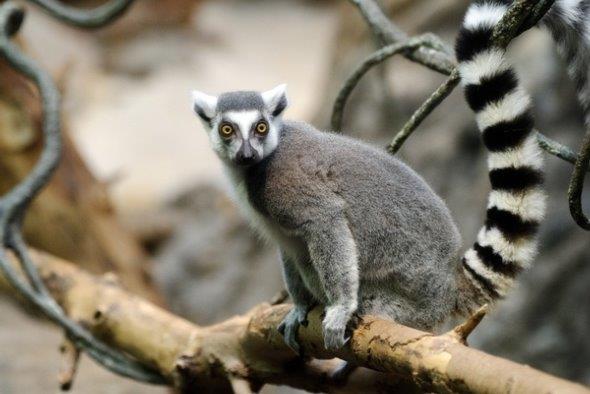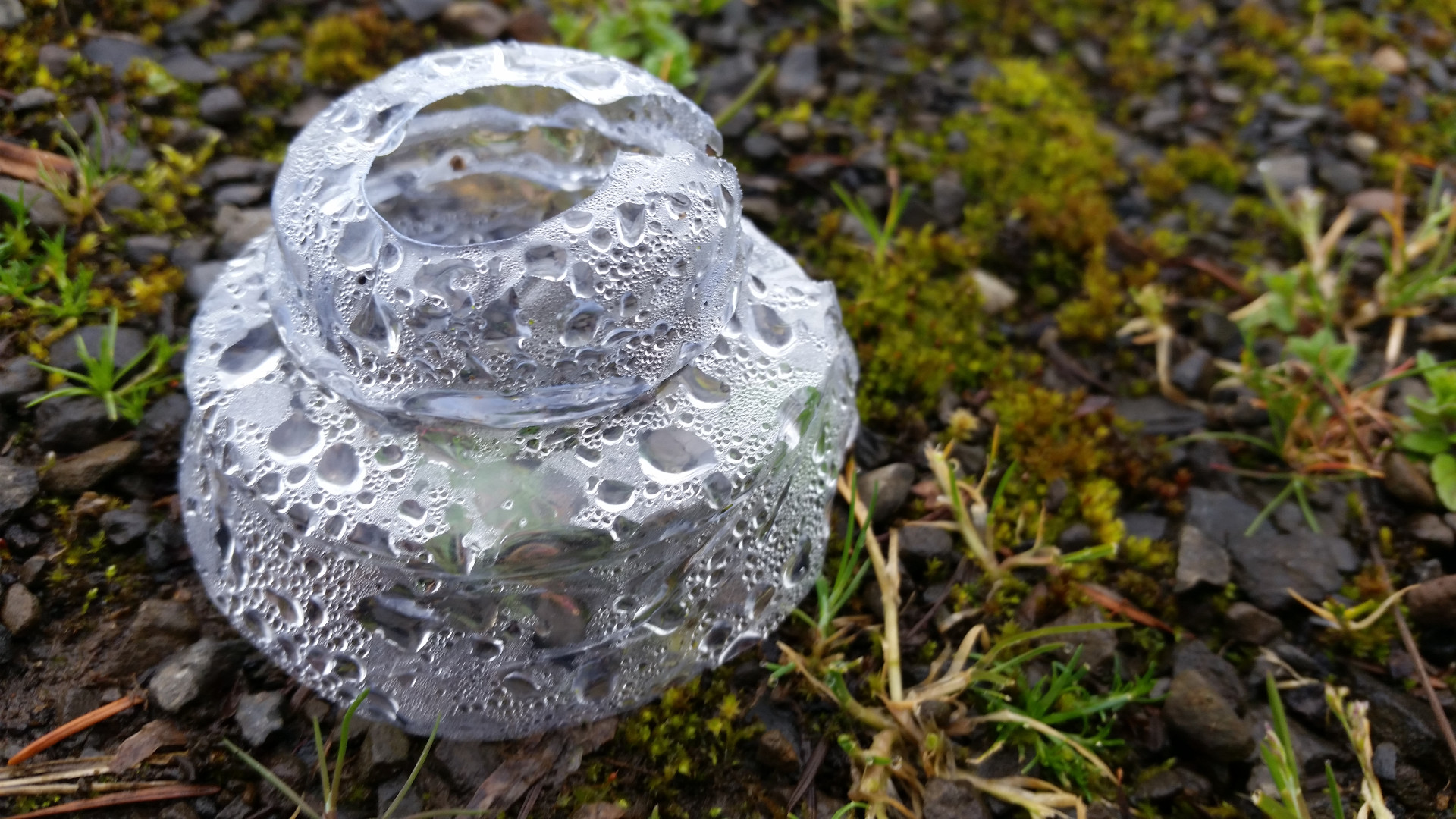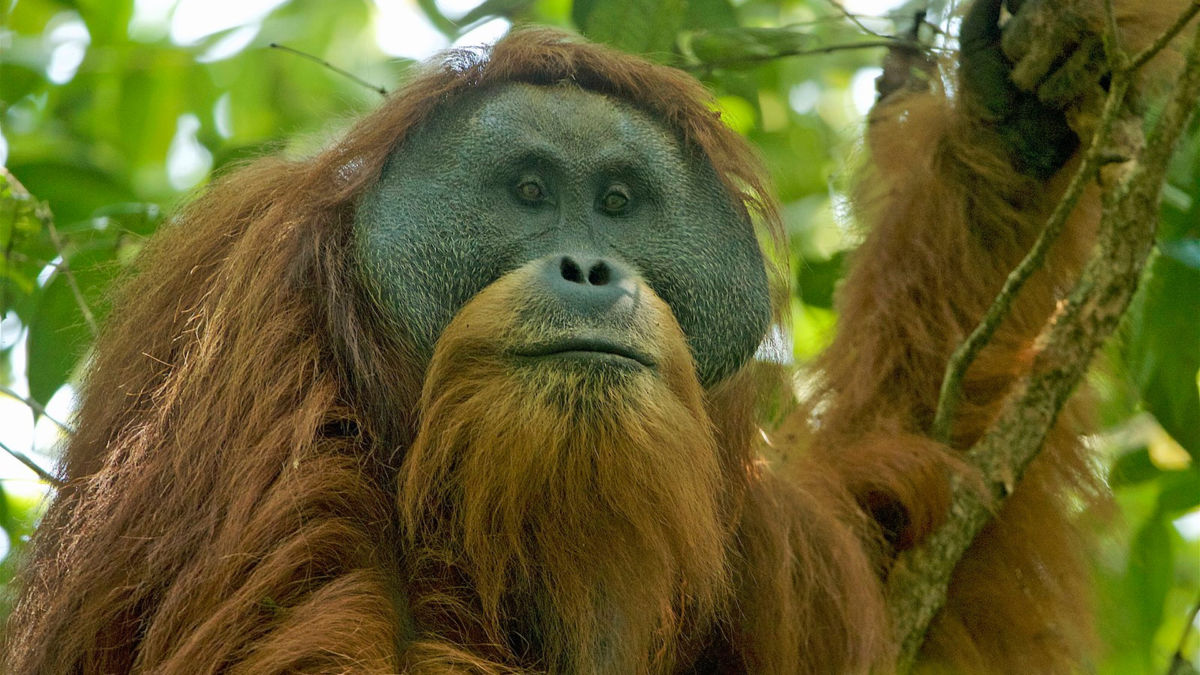Honest, paywall-free news is rare. Please support our boldly independent journalism with a donation of any size.
Wildlife didn’t have an easy go of it in 2018. We lost the last male northern white rhino, the vaquita porpoise continued its slide toward extinction, poachers kept targeting pangolins and other rare creatures, and through it all the Trump administration kept trying to whittle away at key protections for endangered species.
So with that rough bit of recent history, what does 2019 hold?
Well, in most cases it won’t be pretty. There will be more blood, more habitat loss, more legislative attacks and more extinctions — but at the same time, there will also be signs of hope and progress on many levels.
Here are some big issues that experts say we should be watching in 2019:
Climate Chaos
Of course, climate change will continue to threaten species around the world in 2019.
“The impacts of climate change aren’t showing signs of slowing, and this administration refuses to recognize it,” says Charise Johnson of the Union of Concerned Scientists. “Water temperatures are rising, increased flooding, deforestation, fires, storms — these are all things that affect a species’ existence.”
And new threats continue to emerge. “There’s been a lot of discussion about how global climate change affects ocean acidification, and now there’s emerging evidence that the even greater threat is reduced oxygen levels,” says noted conservationist William Laurance of James Cook University. A study published last month found that ocean deoxygenation could have a major impact on zooplankton, one of the building blocks for the ocean food web. Deoxygenation also causes increased algal growth, like the red tides that choked the coasts of Florida this past year and killed hundreds of manatees and tens of thousands of fish.
“Changes in ocean composition will be a large-scale driver of mortality,” Laurance says. “Some people are calling this ‘the great dying.’ ”
A related issue in the Arctic also appears to be another emerging threat. According to the just-released “Horizon Scan of Emerging Issues for Global Conservation in 2019” (the tenth annual edition of this study), climate-change induced release of carbon from polar ice will further worsen global warming, while the release of mercury from thawing permafrost will create a toxic threat for animals, plants and soil.
Meanwhile, on top of the obvious weather-related changes, climate change could create an additional unexpected threat to some species: wildlife trafficking.
“Some species will undoubtedly decline as a result of climate change, making them rarer and thus potentially even more desirable by those who trade in them,” explains Richard Thomas, global communications coordinator for TRAFFIC, the anti-wildlife-trafficking organization. “Addressing wildlife trade issues and promoting sustainable harvesting are likely to become more important than ever,” he says.
The (tiny) bit of good news related to climate change? Because so many scientists are studying it, we’re learning more and more about its effects.
“I think research showing when, where and how species are able to adapt to some changes is promising,” says amphibian biologist Karen Lips of the University of Maryland. The more we know about exactly how climate change threatens certain species — or about how they can adapt to it — the better we can do at protecting them from extinction.
Politics in the Trump Era — and Beyond
Among the greatest threats to wildlife are the Trump administration and similar politicians around the world, such as Brazil’s new far-right president, Jair Bolsonaro, who took office this month and immediately moved to undermine indigenous rights in his country.
“The new president in Brazil could unravel 50 years of progress for species, tropical forests and indigenous people,” says Lindsay Renick Mayer, associate director of communications for Global Wildlife Conservation. That could be devastating to one of the world’s most biodiverse regions on the planet, which is often referred to as the “lungs of the Earth.”

Mayer adds that the recent election in Madagascar could be just as bad. Former president Andry Rajoelina, whose previous tenure was marked by a dramatic increase in illegal logging, deforestation and biodiversity loss, was reelected last month, although as of press time the election remains mired in protests and accusations of fraud. “The risk of losing the amazing biodiversity of Madagascar is always a big story. We hope that the situation there doesn’t get worse and that there is a chance for improvement,” Mayer says.
Getting back to the Trump administration, many experts worried about how things will play out for this country’s wildlife in the year ahead.
“The federal government is shirking its duty to protect species and commit to conservation programs,” says Johnson of the Union of Concerned Scientists, who points to three potential rule changes would diminish the effectiveness of the Endangered Species Act and other conservation regulations, among many other attacks against the laws. “This, in addition to funding cuts for species listings, will put a strain on conservation efforts,” she says.
Johnson expects funding to remain an issue in 2019, as will further attacks against the Endangered Species Act.
Others echoed those thoughts and fears about the ESA. “I think our current administration has shown that the environment and conservation are not high priorities,” says Lips. “I think that has a dampening effect on the actions of the federal agencies.”
There’s a potential positive side to this, she adds: “I have heard, however, that historically this produces increased donations to NGOs and increased activism by citizens.”
Indeed, that may have also helped inspire last November’s “blue wave,” the newly elected officials from which took office this month. Many of our experts expressed cautious optimism about these new government representatives.
“I think one of the biggest stories of the year is going to be what Democratic House oversight of the Trump administration can do for environmental policy,” says shark scientist David Shiffman. “Each individual thing they do will be very subtle and maybe you won’t even know what’s happening on time, but the aggregate effect, I think, will be slowing down a lot of the harmful decisions made by this administration.”
Roads to Ruin, But a Push to Preserve
But outside of Washington, things are speeding up. New road and infrastructure projects, many backed by Chinese investment, are currently being carved into critical habitats in Indonesia, Africa, the Amazon and other regions. Much of this stems from China’s Belt and Road Initiative, a development strategy to build extractive industries in 70 nations around the globe along with overland roads, ports, railways and pipelines to exploit them.
“We’re experiencing an avalanche of new infrastructure projects,” says Laurance, who points out that the Initiative has at least 7,000 developments planned or underway. One of the most notorious projects is a gigantic hydroelectric dam that could wipe out the newly discovered Tapanuli orangutan (Pongo tapanuliensis) in Sumatra.
Meanwhile, a similar — if not even more extensive — proliferation of illegal roads is being constructed around the world by loggers, miners, poachers and other extractive industries. These activities threaten everything from elephants and tigers to insects and rare plants.
One big problem is that conservationists don’t always know where these roads — legal or otherwise — are being built, and without that information it’s impossible to protect species from development.
“It’s actually really difficult to try to get even basic maps of where roads are,” Laurance says. Right now he and his team pore over satellite images by hand, looking for signs of new disturbance — not an easy prospect when images vary by surface, shadowing and other factors. “Our group has spent something like a thousand hours trying to map these roads,” he says.
Their results of their labor-intensive work are rather shocking: “For every kilometer of legal road, we’ve mapped around three kilometers of illegal roads,” Laurance says. “That’s a very rough average, but it gives you an idea of the magnitude of the problem.”
Laurance has issued a call for help to develop a software tool to automate the road-discovery process. “We’ve got an urgent need to detect the roads and tell governments, look, here’s where there’s illegal activity,” he says.
Without that, conservation — and species — will lose ground every day. “The bottom line is we need to be able to keep track of roads in real-time, on a global scale, and especially in developing countries,” he says.
As this road-building goes on, governments around the world face a tight deadline to protect some of their most pristine wildlife habitats — or at least say they’re doing so. The signatories to the Aichi Biodiversity Targets have until 2020 — next year — to meet 20 conservation goals, including conserving “at least 17 percent of terrestrial and inland water, and 10 percent of coastal and marine areas, especially areas of particular importance for biodiversity and ecosystem services.”
Most countries haven’t come close to that goal yet. Many of the experts we spoke with expressed hope that the tight deadline will result in some good, quick land and water protection that could protect countless species, but cautioned that these efforts should be watched carefully to make sure they truly protect key habitats and that they offer connectivity between disparate species populations.
The oceans will also be a big part of the Aichi targets. “You’ll probably see a lot of new, large marine protected areas established in the next year,” says Shiffman. He cautions, though, that some of these could be established in places where there’s no fish or other species to protect, or no system in place in which to protect what’s there. “They could end up being paper parks — parks in name only,” he says.
A Host of Other Issues
Here are a few more factors predicted to play a big role in 2019.

First, we continue to learn more about how plastic waste affects wildlife and the environment. Most recently, a study found that 100 percent of sea turtles had plastic or microplastics in their digestive systems. With more and more plastic being produced every day, this will be a major focus of research and conservation the coming year.
Meanwhile many experts also expressed fear about emerging diseases, like those affecting bats, frogs and salamanders.
“Emerging diseases are increasing in numbers, impacts, and in incidents, and are likely to cause greater losses of species,” says Lips. “They don’t often get the attention that climate change does, and the time scale is accelerated.”
Lips also noted that it’s often hard to get funding and other support for these growing problems because they’re less in the public eye. “People and the media tend to focus on the current emergencies rather than the slow, long-term problems because we are not very good at maintaining focus and attention,” she says.
The threats of poaching, snaring and wildlife trafficking will also remain significant around the world, as the forests of southeast Asia and the plains of southern Africa became emptied of their animal life and as “valued” species such as tigers, rhinos and pangolins face ever-increasing pressures.
Right now this activity is all illegal, but that could change in the blink of a pen stroke. “We need to watch out for the pro-trade agenda” like this past year’s attempt by China to legalize the medicinal trade in rhino horns and tiger parts, cautioned Rhishja Cota, founder of the wildlife advocacy organization Annamiticus. This may also mean keeping an eye out on the Trump administration’s continuing efforts to promote big-game hunting and resulting trophy imports by its wealthy patrons.
Finally, as habitats shrink and poaching and other threats take their toll, a growing number of species are likely to benefit from last-gasp captive breeding, either to boost their wild populations or to keep them alive once their habitats have disappeared. The red wolf and Florida grasshopper sparrow captive-breeding programs may save those species from extinction in 2019. Another species starting the year off on better footing is one of the world’s rarest birds, a duck called the Madagascar pochard (Aythya innotata), just returned to the wild after 15 years thanks to a captive-breeding program in Scotland, of all places. Other incredibly rare species likely to benefit from similar programs this year include the Sumatran rhino (Dicerorhinus sumatrensis) and maybe even the rarely seen saola (Pseudoryx nghetinhensis).
“We haven’t had a camera trap photo of saola since 2013 and no biologist has ever seen one in the wild,” says Mayer from Global Wildlife Conservation. “But the Saola Working Group and partners are hoping to detect saola and begin to catch them next year for a conservation breeding program in Vietnam. Next year could be the year we rediscover this species and work toward breeding it.”
The Countdown Begins
The year 2019 has just barely begun, but experts warn us that the opportunity to make a difference on these issues is already running short.
“I don’t want to sound too bleak, but time is literally running out for the world as we know it,” say TRAFFIC’s Thomas. “The Earth simply can’t take the punishment of relentless over-exploitation of its natural resources, poisoning of its atmosphere and pollution of its oceans. We need to put aside political differences and work together to do something about this catastrophic situation — and quickly.”
Media that fights fascism
Truthout is funded almost entirely by readers — that’s why we can speak truth to power and cut against the mainstream narrative. But independent journalists at Truthout face mounting political repression under Trump.
We rely on your support to survive McCarthyist censorship. Please make a tax-deductible one-time or monthly donation.
